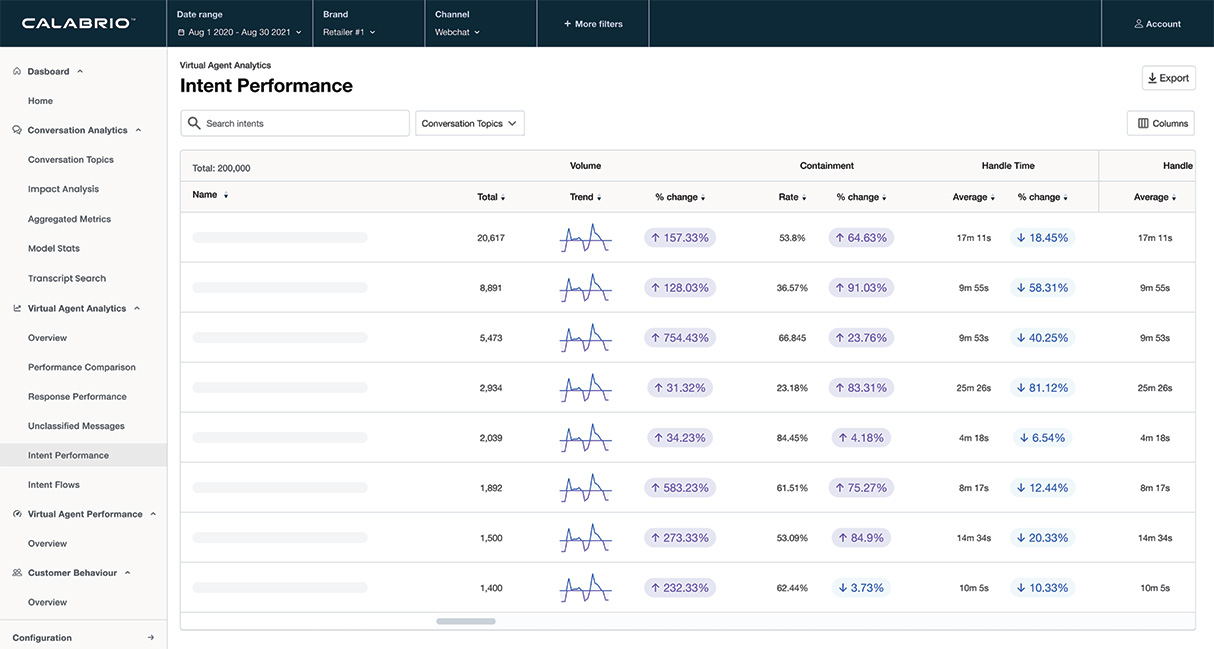The Impact of Mobility on the Consumer

The impact of mobility on the consumer population has been tremendous. The capability to provide information to large populations instantaneously is a revolutionary development in society. Consumers are now able to communicate in real time by choice (using voice, video, chat/IM, social media, etc.). However, I don’t think we have seen this revolution in the Enterprise yet.
Of course, some companies can tell a fabulous story about incorporating mobility in the Enterprise, but I believe most large companies are cautious. Enterprises used to drive innovation with technology, but this is now shifting to the Consumer side.
Enterprises do not seem to know how to respond to the Consumerization of IT. The initial reaction was a “lockdown” that prevented any personal devices from infiltrating the work place. Now we are seeing CIO’s build strategies around BYOD, social media and tablets/smartphones that embrace Unified Communications and mobility. While the workforce wants access to a variety of consumer products, the Enterprise is very slow to adopt and innovate. This, of course, is changing rapidly and will eventually mirror the consumer side.
As with most Enterprise companies, we at Republic Services have struggled with how to embrace the demand to use mobile technology along with leveraging our customers’ access to these devices. In my opinion, our company has a huge opportunity to increase collaboration and innovation by embracing mobility. The ability to communicate and collaborate should extend beyond the traditional Enterprise methods such as voice, email and file shares and allow employees to use any device to securely access data at any time.
Embracing the cultural change and encouraging these types of behavior is a major challenge. Within our organization, we have major projects both internally and externally to increase collaboration. Most of these projects have a strong mobile component. The strategy allows customer and end user choices. Can you imagine a bank demanding you go to a branch to complete transactions or an airline requiring a customer to visit a ticket counter to purchase their ticket? In our sector of solid waste collection and recycling, it’s a little more complicated to deliver mobile transaction ability to the consumer. Yet we must embrace that strategy because our customers are demanding it.
From a consumer perspective, I would choose companies that allow options for how I conduct my transactions. In fact, I would pay more if I feel that company is creating value with ease of use and excellent customer service. This willingness to pay (W2P) is a result of a company’s effort to create value in their customer service offerings. Otherwise that transaction is just a commodity, something I can get anywhere from anyone. I do believe companies that have embraced a mobile strategy and multi-channel interactions are creating value with their customers, producing consumer loyalty and higher customer satisfaction.
Within the contact center walls, our employees are consumers as well. Why should we not offer them the same mobile strategy that we offer our customers? Employee retention in the contact center can be challenging. Allowing the employees to view schedules, performance metrics, training and other essential job functions via a mobile device can only help employee satisfaction. Shouldn’t great companies treat their employees just as they treat their most important customers?
Providing a choice to consumers and employees is critical for higher customer/employee satisfaction. The challenge in the Enterprise is creating innovative choices for both while yet maintaining durability. There needs to be a plan that aligns with business objectives and produces measurable results to the bottom line.
A well planned and executed, innovative mobile strategy can drive not only revenue but also satisfaction amongst consumers and employees. As an employee, it can be frustrating following a process that takes more time to execute than it should. Enterprises should be examining ways to use collaboration tools to break down employee silos and allow more innovative thought and communication.
For some organizations, it’s a massive shift in culture, but one I believe employees are ready to embrace. The freedom to create, to communicate and to be mobile is a growing demand. Successful companies will figure out how to embrace this challenge.
Guest Post By Doug Saunders, Director of IT, Republic Services
Doug Saunders is Director of IT at Republic Servicess, Inc., a leading provider of services in the domestic, non-hazardous solid waste industry. Republic provides non-hazardous solid waste collection services for commercial, industrial, municipal, and residential customers in 40 states and Puerto Rico with more than 2,800 municipalities for waste collection and recycling services.
Since incorporation, Republic Services has been committed to the essential components of integrated solid waste management services: collection, recycling, composting, transfer and disposal. Each division of Republic Services is dedicated to preserving the environment while providing the most cost-effective programs for solid waste collection and disposal.








